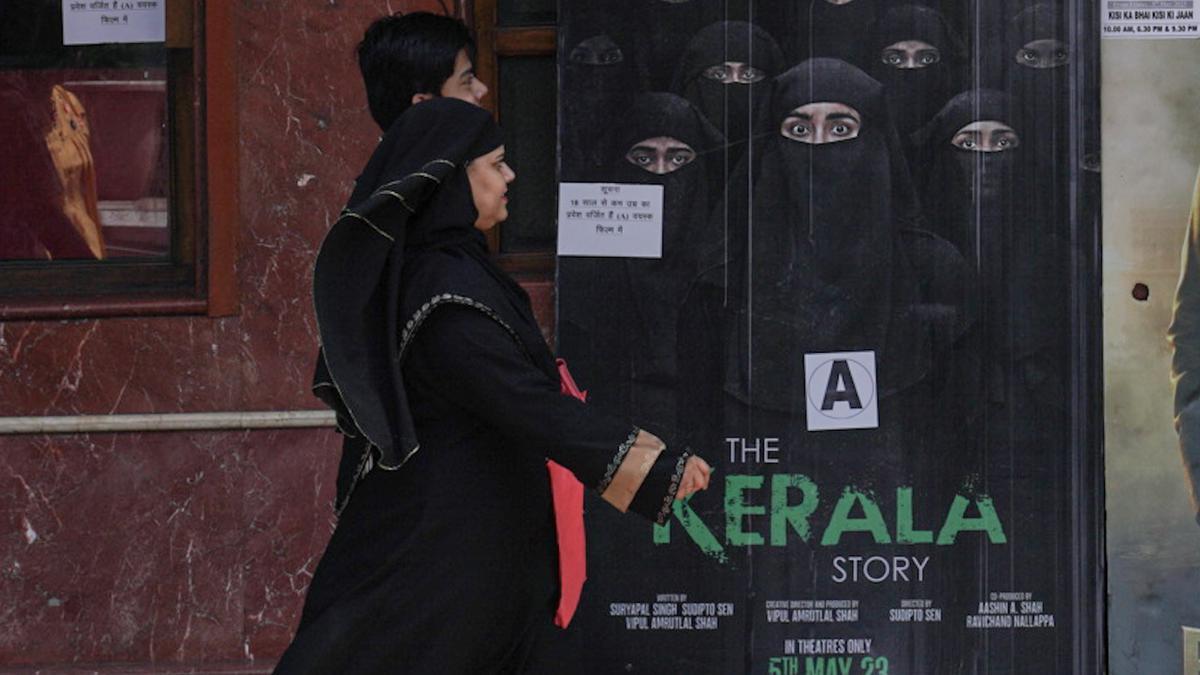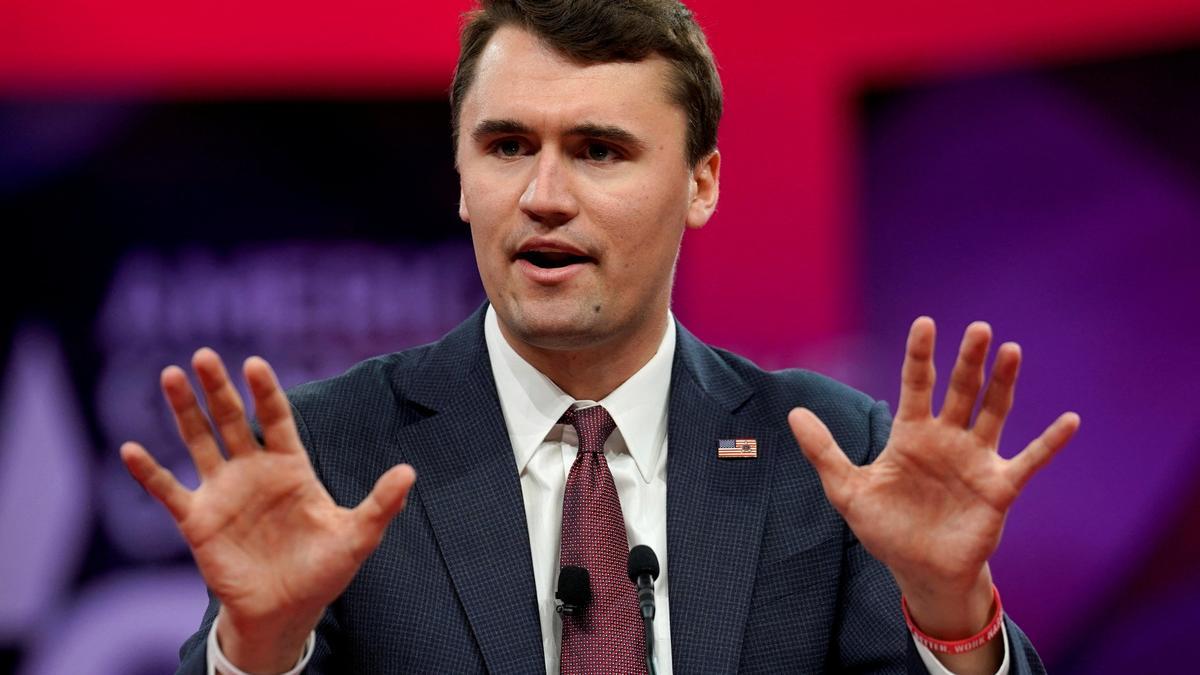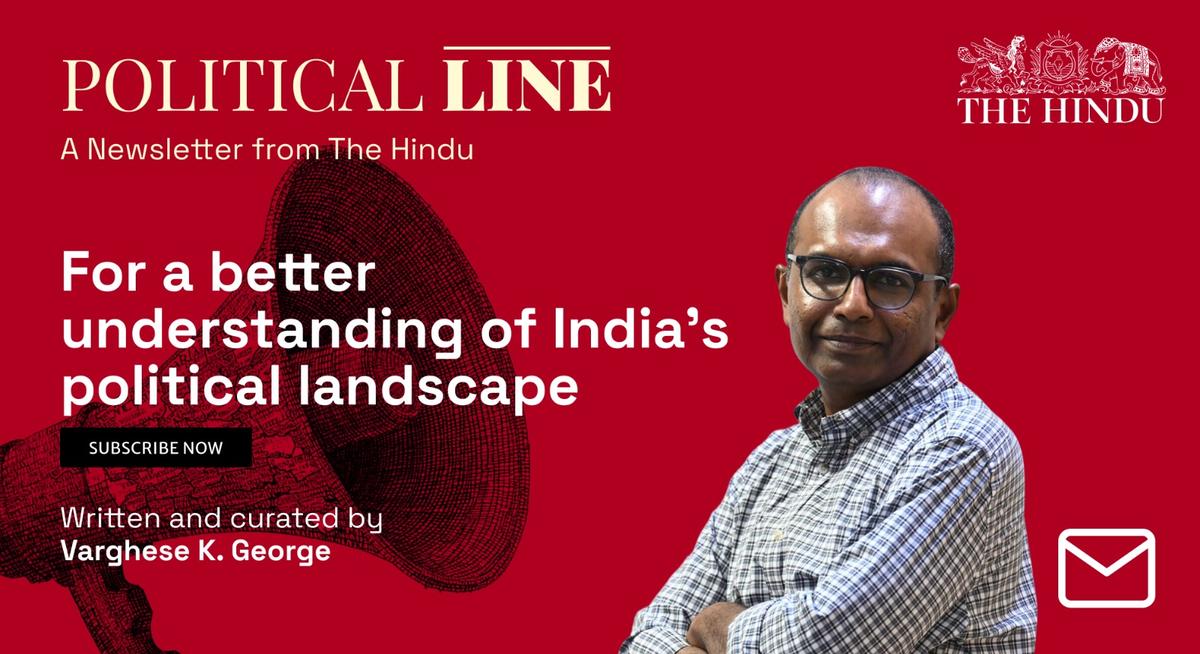(This is the latest edition of the Political Line newsletter curated by Varghese K. George. The Political Line newsletter is India’s political landscape explained every week. You can subscribe here to get the newsletter in your inbox every Friday.)
In an earlier edition of Political Line (PL), I had touched upon how Bollywood cinema has evolved over time, abandoned its anti-West slant, and in the recent past, found an easy trope in ‘the Muslim as the enemy of the nation’. You can read ‘Stories of the nation, in films and life’ here.
The hubbub about The Bengal Files, which covers the 1946 Calcutta (now Kolkata) riots – known as Direct Action Day – and the Noakhali riots, set me thinking about the representation of the country’s peripheries in Hindi films. The Kashmir Files (2022) dramatised the exodus of Kashmiri Pandits from the Kashmir Valley during the insurgency of 1989-90, while The Kerala Story (2023) narrated the story of a group of Hindu and Christian women from Kerala who were allegedly coerced into converting to Islam and joining the Islamic State. Kashmir, Kerala, and Bengal are frontiers of the Indian nation, literally and metaphorically; politically and culturally. The makers of these three films thought it appropriate to have the names of the regions in the title and associate the entire region to the storylines. How stories are remembered and retold is an act of politics.
Individuals, families, and communities heal the scars of conflicts and violence by forgetting them or by reprocessing them over time. Selective forgetting has functional purposes in the evolution of life forms; and what is forgotten can be reminded through artificial stimulation of the brain, neurological research suggests. You can get a glimpse into the science of memory and forgetting here. Politics is about reactivating particular memories of conflicts, which automatically means ignoring others. Memories of shared suffering and success are central to the formation of a community. That is why history writing is a contentious topic in all politics. Controlling history is about engineering the collective memory of people in the present.
The makers of these three films chose to name these three States – integral parts of the Republic of India – with a conscious political and profit motive. These stories could have been told without pinning them on the places: Kerala, Bengal, and Kashmir. Evidently, the films are the gaze of the median heartland viewer. The heartland imagination about lands beyond it as treacherous and inhabited by menacing people has a long history. Legends that are now considered pan-Indian are all set in the heartland called the Aryavarta, that is, where the Aryans dwell. Regions that lay beyond the Aryavarta were considered dangerous — the mleccha desa, inhabited by the mlecchas. In an alternative telling, the people of Aryavarta were godly, or sura, and those outside it were asuras, or anti-gods.

“Being geographically located on the periphery of the Indian sub-continent, Bengal had enjoyed for centuries a certain degree of independence from the political and cultural influence of the north western part of India. In the epic age, Bengal used to be described as Pandava-varjita, or rejected by the Pandavas, implying that it was unfit for settling down. According to the laws of Manu (written sometime during the first two centuries A.D.), anyone from the Aryavarta (where the laws were compiled) visiting Bengal, among other places, except on pilgrimage, was required to do penance:
Anga-Banga-Kalingeshu
Saurashtra-Magadheshu cha
Teerthajatram bina gachhan
Punah sanskaram-arhati.”
(Sumanta Banerjee, Unraveling the Bengali Identity)
The geographical boundaries of the Aryavarta imagination expanded over centuries, as people from the heartland moved out for various reasons. Newly encountered people and their cultural practices, their gods and goddesses, were adopted into the pantheon of Vedic gods, through newer legends. The story expanded, as new peoples and new gods joined in. (If you want to read more, find Religion, Tradition, and Ideology In Pre-Colonial South India by R. Champakalakshmi; Gods, Guns and Missionaries: The Making of the Modern Hindu Identity by Manu S. Pillai; From ‘Brahmanism’ to ‘Hinduism’: Negotiating the Myth of the Great Tradition by Vijay Nath.)
Radical thinkers in modern India challenged the texts of Aryan imagination, to critique the Hindu social order. Notable among them were Jyotiba Phule in Maharashtra, Periyar in Tamil Nadu, and B.R. Ambedkar, who had a more pan-India perspective. Periyar questioned the story of Ramayana and presented Ravana as the hero.
Though the version of Ramayana that is now popular sees Ravana as the villain, he is revered by many communities across the country, including in the heartland. “In Kanpur, at the Dashanan Mandir located outside the Chhinnamasta Temple at Shivala, Ravana is worshipped on Vijayadashami – once every year – though not as a deity or god. They believe that Ravana had mastery over all ten mahavidyas (great wisdoms) or the Dasha Mahavidyas and that people who worship Ravana on this day will get wisdom. In Indore, the Valmikis, like the Namdev community in Mandsaur and the Kanyakubja Brahmins of Vidisha, believe that Ravana was an intellectual and knowledgeable person who learned all the Vedas and pleased Shiva with his devotion. Members of the Valmiki Samaj at Pardeshipura in Indore worship Ravana as a god on Dussehra. Their devotion can be gauged from the fact that they avoid looking at the Ravana Dahan (the burning of Ravana’s effigy).” (This is an extract from Rao, Y.S. (2022), ‘Asura: Myth into cultural reality’. In Aakash Singh Rathore (Ed.), B.R. Ambedkar: The quest for social justice (Vol. 5, Cultural and social justice, pp. 170–201), Oxford University Press. For more details, consider reading the article.)
Stereotyping Christians, South Indians, and citizens from the northeast has been commonplace in Hindi films. Three Idiots (2009), starring Aamir Khan, is supposed to be offering some great social message; but a South Indian character, Chatur Ramalingam, is singled out for his lack of knowledge of Hindi and made a butt of jokes. The sequence of rape jokes in that film would be extremely offensive by today’s standards. Shah Rukh Khan’s Chennai Express (2013) plays on North Indian stereotypes about Tamils. Mr. Khan rescues the lead woman character from the custody of the southern demon – does that plot sound familiar? Chennai Express was directed by Rohit Shetty. “When placed in a longer history of representation of South Indian characters in North Indian cinema and vice versa, one sees caricatured and two-dimensional (sometimes vilified) representation on both sides,” writes film scholar Amrutha Kunapulli in her essay ‘Madrasis and Meenakshi Sundareswars: Representation of Tamil culture in popular Hindi cinema’’
(Lagaan (2001) and Chak De India (2007) show rainbow community coalitions that build the idea of India, and I hope to discuss that in a forthcoming edition of PL.)
For now, let us also take note that Param Sundari, another recent film that mainly revolves around Kerala and Malayali culture, is viewed by many as stereotyping the community. Within regions, particular communities are stereotyped. If you have stayed on until now, you might want to consider reading ‘Caste and class in popular Tamil cinema’ by Baradwaj Rangan here.
It is curious that filmmakers who claim to promote national integration vilify entire communities, and that too with state patronage. Integration is the last thing such films will achieve for India.
Federalism Tract: Notes on Diversity
About faith and spirits
Talking of demons and gods, politicians in Nagaland are worried that Naga youth are being lured by satanic cults. The State Assembly had listed the matter for urgent discussion, but church groups raised concerns that a discussion would only further legitimise satanic worship. Many Christians believe that politics is about seeking and establishing the will of God. Charlie Kirk, a right-wing American activist, who was killed in what appears to be a political act on September 10, often spoke about the existence of spiritual warfare, claiming that demons and spirits oppose people devoted to god. He asserted that much of current culture involves battles between good and evil, referencing biblical passages about wrestling against spiritual forces and warning that demonic influences are real and affect society.

Meanwhile, Indians are facing a backlash in Australia, as they are in many other Western countries. Unrelatedly, many Indians have pointed out on social media that the public display of faith practices – recently around Ganesh Chaturthi – is turning host communities hostile towards Hindus and Indians.
SIR Donald Trump in the United States
The special intensive revision (SIR) of electoral rolls in Bihar will now expand to other States, but India is not the only country that is searching for ineligible voters on the list. In the United States, the Donald Trump administration is pushing to verify the citizenship status of voters through an upgraded federal data tool called the Systematic Alien Verification for Entitlements (SAVE) system. The tool enables the use of Social Security data by States to verify citizenship status for voter registration lists quickly and efficiently. As of September 2025, over 33 million voter records have been checked for citizenship status using this tool, particularly in Republican-led States, while others are hesitant due to privacy and data security concerns. The tool’s latest enhancements allow States to use basic voter data (name, date of birth, last four digits of Social Security) to run bulk citizenship checks and identify if voters are deceased. These developments occur alongside other Trump administration efforts to tighten election control, crack down on alleged non-citizen voting, and secure proof of citizenship for registration of voters.

